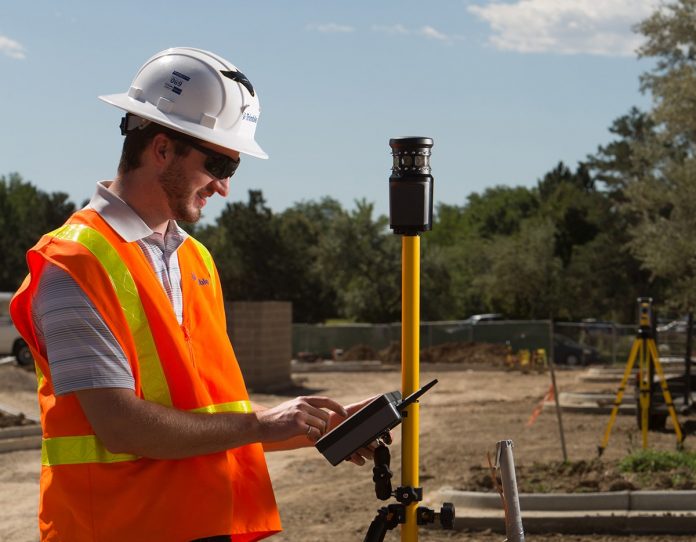Technological advances like BIM, VR/AR and even the rise of robots are bringing new opportunities and possibilities to construction
Registering existing buildings and locations; it’s a labour-intensive and costly process. Especially in 3D. Is the revision up to date? Are digital drawings or models already available? Should there be a baseline measurement? New technologies help to answer these questions quickly.
New technological advances offer unprecedented possibilities to innovate the construction workflow – especially when combined with Building Information Modelling. Here are three technologies to look out for when it comes to connecting BIM to the building site:
1. Point cloud
Laser scanning as a technology has been around for quite a while, but it’s only recently that this technology has found its way to BIM applications in the MEP industry. With 3D laser scanning, MEP engineers can import accurate information about existing structures into their BIM models. This information is assembled in a point cloud: a collection of measurement points that have been recorded on the construction site.
2. Virtual and augmented reality
Virtual and augmented reality are gaining ground in many industries. Not only in education, entertainment and healthcare but also in construction. For MEP engineers, both augmented and virtual reality offer opportunities, since both technologies make it possible to see systems at the place where they need to be installed:
Virtual reality simulates the complete environment. This makes it possible to view a virtual 3D model in the office, which can be useful during meetings with construction partners. Although this provides a great deal of insight, the technology is often less suitable for use on project sites because of construction hazards.
In contrast to virtual reality, augmented reality is better suited for on-site applications. With augmented reality, a layer of additional information from the digital model is projected on to the user’s field of view. This way, the engineer can see where an installation should be placed with respect to the location where he stands. The applications of this technology in construction are in full development and the first real construction hard hats with Mixed Reality support are already being used.
3. Robots on site
There has been quite some speculation about the way robots will change the future of construction. What tasks that are currently being done manually could be automated? Which processes can be optimised? In which ways are robots already being used in construction? Robotics is a promising technology when it comes to increasing efficiency in construction, especially in combination with BIM.
When connected to BIM collaboration software, robots allow contractors to truly connect their digital model to the building site. Take, for example, robots equipped with accurate positioning technology. Because these robots use the data from the BIM model, contractors can quickly take measurements on site. Based on locations in the model, the robot automatically points to the corresponding locations on the construction site. With the help of a laser beam, points are laid out at positions in the building where, for example, a sleeve or hanger must be mounted. This means that taking measurements manually with a tape measure is no longer necessary and makes the job on site a lot easier – and more accurate.
Trimble MEP
https://constructible.trimble.com/
Please note: this is a commercial profile.














